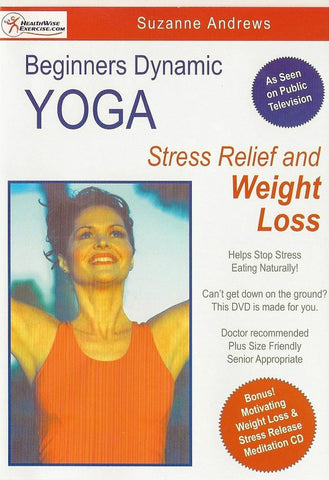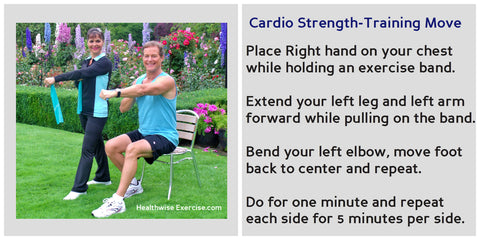Weekend Weight Gain

Are You Gaining Weight on Weight on Weekends? Here Are 6 Tips to Stay on Your Weight Loss Track!
After a hard week at work, it's only natural to look forward to a relaxing weekend. But weekends contain some of the most difficult diet hurdles, from dining out on Friday night to having a hearty home-cooked Sunday dinner with family - and everything in between.
We're also more likely to eat junk food on the weekends than during the week. In fact, many dieters look forward to an opportunity to splurge a little after their work-week is done.
It's no wonder research has shown that most people between the ages of 19 and 50 consume more calories on weekend days than on regular weekdays. All of these extra calories can add up to an annual weight gain of 5 pounds or more.
To avoid nasty shocks during your Monday morning weigh-in, follow these helpful tips for minimizing weekend weight gain.
- Stock up on healthy options.
If you come home to an empty cupboard on Friday evening, you'll be more tempted than ever to order pizza or get fast food. To avoid such temptation, plan ahead and pick up some healthy snacks and quick meals. Try new foods you've been curious about, or new flavors of your old favorites. Be sure to get plenty of diet-friendly drinks as well.
- Don't skip meals.
If you know you've got a big dinner coming up, you might be tempted to "save up" calories by skipping meals earlier in the day. This tactic is doomed to fail because you will ultimately end up very hungry and surrounded by tempting food. A much better strategy is to eat small, light meals throughout the day. Fruits and vegetables, salads and broth-based soups are good choices. These will help keep your calories in check, but won't leave you starving before your big meal.
- Have fun while you move.
You might not want to hit the gym on the weekends, but staying active is important. The International Journal of Obesity reported that dieters who consistently stick to their plan are more likely to be successful. Luckily, there are plenty of fun ways to stay active on the weekend. Sign up for a yoga class, take a walk through a scenic neighborhood, or go window-shopping at the mall to pick out clothing you'll buy when you reach your next weight loss goal. If you have children or pets, play with them in the back yard or take a trip to the park. You'll have fun and burn calories.
- Limit alcohol consumption.
You don't want to sabotage your healthy food and exercise choices by drinking too much alcohol. Alcohol is high in empty calories and can leave you hungry and dehydrated. It can also lower your inhibitions, paving the way to a binge. If you must drink alcohol, limit yourself to one or two low-calorie options, such as a White Wine Spritzer or a Rum and Diet Coke.
- Remember your goals.
It's easy to lose some of your intensity when you're relaxing with friends, especially if you're the only one on a diet. Some of your friends might even tempt you to overeat. While they're probably not doing it maliciously, that extra temptation can lead to a diet disaster. Speak with your friends about the level of commitment you have to health, and spend more time around those who support your efforts. Good friends will take your goals into consideration.
- Don't be discouraged.
After a long weekend of celebrating, you might find yourself several pounds heavier when you weigh in on Monday. Unless you ate a truly massive amount of food over the weekend, most of the weight gain is probably due to bloating. Simply tell yourself that today is a fresh start, and get back on track.
Need help staying on track? Try my motivational Functional Fitness workouts and I'll help you every step of the way!
Healthiest Blessings,
Suzanne Andrews, Occupational Therapy Practitioner/L
Suzanne Andrews founded Functional Fitness in 2008, the most popular fitness series for boomers and seniors broadcasting on over 159 Public Television stations throughout the US and Canada. Read Suzanne’s inspiring comeback story of how she survived a near fatal accident, From Deaths Door to Producing a National Fitness Series. Feel free to send Suzanne a message here.














